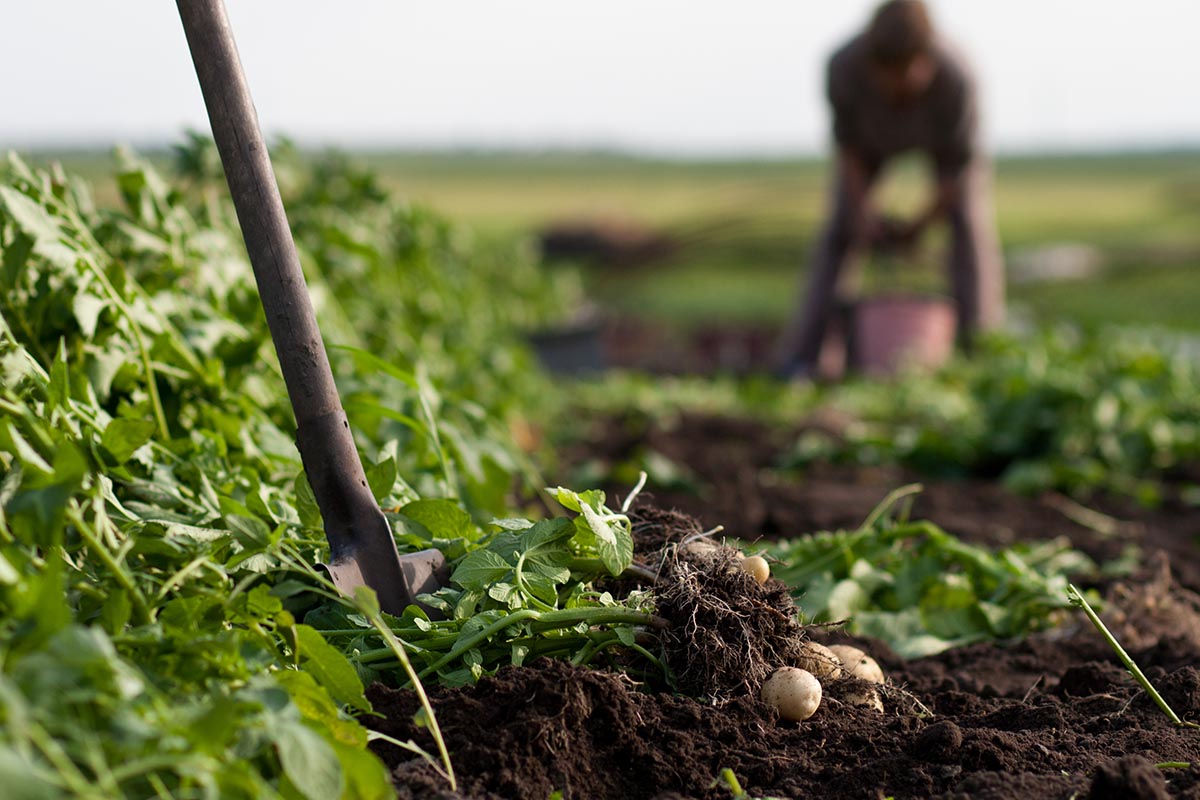Why Rescue Food?
While 1 in 6 Washingtonians are turning to their local food bank, food pantry or meal program for food assistance, approximately 40% of the food grown in the U.S. is thrown away. While some of this is food waste - the inedible parts of food like cores, rinds, etc. - most of it is good, edible food. Waste happens at every part of the food system, from the field, to the processor, to transportation, to stores, restaurants, hospitals, schools and homes. If you can find a place with food, you can probably find food waste. The average American wastes over 200 pounds of food each year.
When this wasted food is put into the trash, it rots in the landfill where it produces methane. In fact, if food waste were a country, it would be the 3rd largest producer of greehouse gases, behind China and the United States. This is why the USDA and EPA have both adopted goals to significantly reduce food waste over the next 15 years. Not only can we keep wasted food out of the landfill where it negatively impacts the environment, we can get more high-quality, good, safe food to hunger relief agencies across the state.


